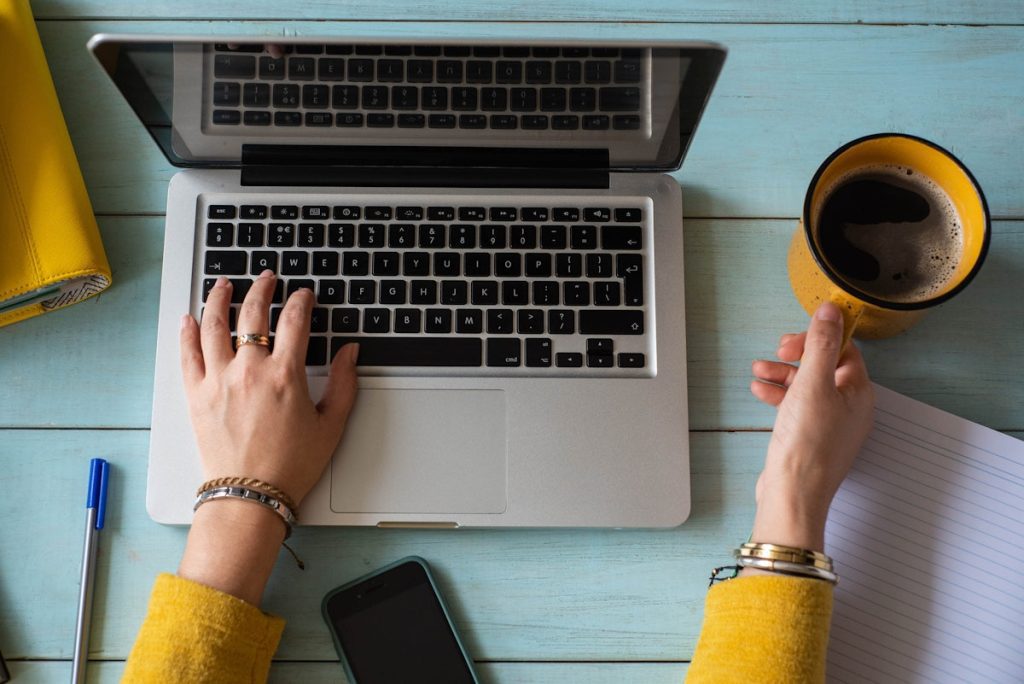We no longer use computers, laptops and tablets only for work, but also for entertainment. As a result, your device may remain on for up to ten hours per day. Of course, you want this to be done as economically as possible. How do you choose energy-efficient computers, laptops, and tablets and how do you use these devices wisely?
If you are someone who, after a day's work in your home office, likes to stay behind your computer or laptop to enjoy a relaxing game or an enjoyable series, you may be wondering how much power your device uses in a day. Makes sense, because with huge fluctuations in energy prices, those few hours of playing or enjoying games can be very expensive.
Of course, how much these activities cost depends entirely on the type of device you're using. An average desktop computer consumes between 60 to 300 watts per hour, which equates to an annual consumption of 150 to 800 kilowatts per hour. If you work 260 eight hours a day a year and then continue to use your computer for another two hours, it could easily cost you €300 a year.
This computational example assumes a desktop computer with a heavy processor. If you use a very energy-efficient laptop or a mid-range 60W laptop, you'll pay just over €60 for the same use. Of course, in practice, it's not always black and white, because for heavy tasks you also need a heavier processor – and these are unfortunately less power efficient than the “core” variants.
If you play a lot of games or like to edit photos and videos, you'll have to make some sacrifices in terms of power efficiency. And if you connect all kinds of peripheral equipment to your computer or laptop (such as monitor, printer, speakers), this will of course cost you extra.
Tips when buying a computer, laptop, or tablet
Are you looking for a new computer, laptop or tablet and want to reduce your energy consumption as much as possible? Then pay attention to the following three points when purchasing.
Tip 1: Choose a laptop or tablet
It may go without saying, but when it comes to energy efficiency, you're better off setting your sights on a laptop or tablet. A desktop computer uses on average three times as much energy as a laptop. The tablet, in turn, uses half the energy that a laptop consumes. Now, a tablet is often not enough, for example, if you have to download a lot of work-related software, and at least a laptop is also required for all kinds of games. If you only need to write, email, and use the Internet and don't give much importance to the screen on which you watch your favorite series in the evening, a tablet may be enough.
Also interesting for you: 15 tools that help you save energy
Want to know the power each device uses?
Connect the P1 meter to your smart meter and you will see it instantly!
Tip 2: Ask yourself why you need the device
Modern, advanced laptops may look pretty cool, but they're also generally quite expensive. This is because they often have all kinds of high-end specifications, such as powerful processors, plenty of RAM, advanced graphics cards, and high screen quality. The same goes for computers.
Unfortunately, these specifications also usually have a negative impact on the energy efficiency of the device. So, ask yourself: Do you really need all these tools or can you settle for a simpler model? And do you really want a 34-inch monitor for your gaming or is a smaller size okay too? In general, the simpler it is, the more energy efficient it is.
Tip 3: Pay attention to energy labels and quality marks
Energy labels were created to provide at-a-glance how energy efficient an electronic device is. Energy designations range from A to G, and there may also be plus signs behind the letter. A+++ indicates the most energy efficient. Not every computer or laptop has an energy label, but if that's the case, you can infer a lot about the device's energy efficiency. In addition to the energy label, pay attention to the quality marks. For example, Energy Star, TCO, and EPEAT quality labels are given to computers and laptops that achieve high energy efficiency scores. On the Quality mark guide You will find more quality marks for this type of electronics.
Tips to reduce energy consumption
Even after you've purchased a new computer or laptop or want to continue using your old one, you can take measures to keep your energy consumption low. The most obvious is to turn off devices when you are not using them. If you have a computer or laptop with peripheral equipment, a power strip with a switch is ideal. You can turn off all connected devices with the push of a button. This way you don't have to worry about some devices continuing to consume power when in sleep mode.
Additionally, set your computer or laptop to automatically go into sleep mode if you're away for a period of time. The device uses less power at those times. When you use your device, you can turn on power saving mode. Less important background processes are then stopped, so your device uses less power.
Powered by

“Lifelong entrepreneur. Total writer. Internet ninja. Analyst. Friendly music enthusiast.”











More Stories
Monster Jam Showdown Launch Trailer
The European Digital Twin Ocean prototype reveals many possibilities
Instagram now lets you add a song to your account